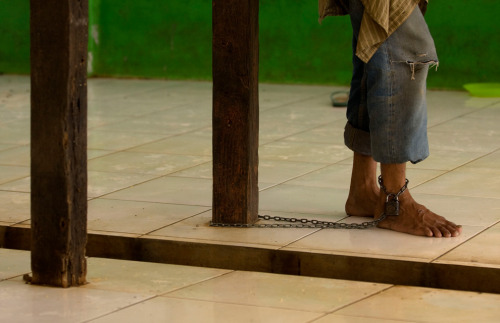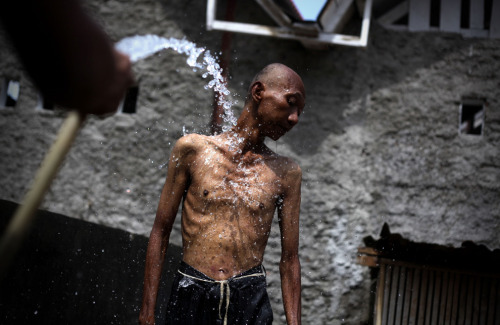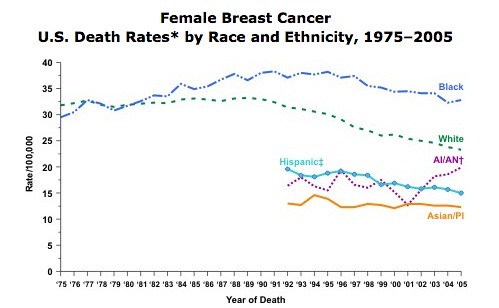(This was originally posted as a BADD contribution at my tumblr.)
I spend a lot of time blogging about and against ableism, about being a person with a mental illness, about the way policies and cultural attitudes and assumptions act to disadvantage people with disabilities. But for some reason, I was having a lot of trouble coming up with a topic for[BADD] . I got some good suggestions – issues of ableist language (and I’ve written in the past about the words ‘retarded’ and ‘hysterical’ and their ableist roots and effects), issues about the enormous intersection between poverty and disability (poverty leads to bad health outcomes and disability often leads to poverty, making a self-reinforcing cycle), and disability tropes in pop culture (I don’t watch family guy but have talked about 90210!).
I thought of some other topics I could address – why I see today’s immigration protests and related activism as a disability-related issues and the importance of intersectionality issues in meaningful social justice work, or even an info piece on how PWDs should take steps to prepare for emergencies such as natural disasters. but I didn’t feel excited about any of those.
So I’m going to go back to the beginning, and talk a little about why I identify as a person with a disability, why I talk about disability issues, why I’m a contributor to a blog about feminist and disabilities, why I spend so much time and emotional energy on these topics. (Which are, frankly, often personally distressing, what with all the info about how I’m going to die poor and alone.)
I write because I want things to change. I’m not always sure the writing helps me individually – it is hard to focus on these issues, to perpetually remind myself of the limitations caused by my disabilities, of the societal attitudes that assume that I am lazy and worthless and dangerous to be around, of the innumerable policies and laws that reinforce and ensure the unequal status of PWDs. And while I see the value of creating a space where other PWDs can discuss their personal circumstances and struggle and receive support instead of judgment and blame, the internet is a big enough place that I think that role is being filled, well, by lots of blogs and LiveJournal/Dreamwidth communities.
I write because I want people – both PWDs and TABs – to recognize the larger cultural and political forces that create and maintain societies that use disability as a punchline, as an insult, as a reason to keep people unemployed, poor, disempowered, and sometimes leading directly to their deaths. I want PWDs in the US, Canada, UK, Australia, and other “first world” countries to understand that lobbying their governments to abandon use of land mines can directly affect the prevalence of disabilities in poorer countries like Cambodia (thanks to s.e. smith for that great post!). I want people to think about how recovery efforts in disaster-affected areas like Haiti need to include specific focus and attention on the unique and disproportionate needs of PWDs.
But for me, it’s not enough to just help people understand. I desperately want them to act. To get involved in the political process to advocate for the rights and needs of PWDs. To get involved in social justice issues as a whole, because issues affecting immigrants are going to fall heavy on immigrants with disabilities. To tease out how a national policy can and will affect PWDs in other, poorer, countries. To vote, to talk to their elected representatives, to encourage others to act.
I believe that change is possible. And I blog to facilitate, encourage, and promote that change.



